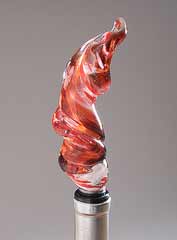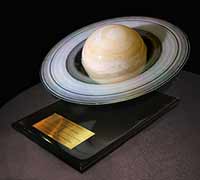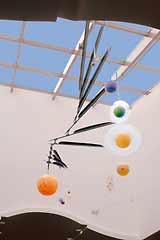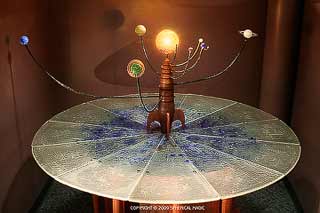
A colleague in England posted today that he had a harrowing experience varnishing a painting when the varnish began dissolving some of the paints and started spreading them across the rest of his painting.
I've always dreaded the varnishing operation. You painstakingly coax every individual millimeter of a work to get them all to sing together in concert and it's finally finished. Then, you risk the whole darn thing on one swell foop by having to apply a substance that ubiquitously affects the entire thing all at once.
Two similar disasters come immediately to mind.
One, a commercial work depicting roto-molded tanks that, interestingly, are the same ones we installed 30+ years later for our fire fighting system (weird how stuff like that happens), suffered one such fate. Because it was a commercial work, I do not bother with varnishing. No time, as I'm under deadline and, as in the opening paragraph, why risk it? I had the work on the wall for photographing to transparency with my 8" x 10" camera. Some specular highlights appeared in the fire test shots. Because the art director specified that there be no stars in the sky, I had touched up these tiny spots with pencil and/or marker, took the final shots and sent the best exposures to the ad agency for scanning.Years later, I was preparing for a show and this painting was to be framed. Well, may as well varnish it to protect the surface, which was airbrushed and the delicate surface is vulnerable to abrasion and contaminants if I did not perform this step. I applied a wet coat with a large airbrush. Just like Richard, to my horror the marker dots "bloomed" into the varnish, creating nice big blue, green or black splotches on a pristine tank side or the smooth horizon fade that I slaved over. AAAaaaacccckkkK!!! What NOW? This particular piece had been fraught with saving it from disasters all through its creation, so it was somehow perversely fitting that, years after it had been completed, the trend continues. Another disaster just patiently waiting for me to bumble on by. I tried various things to mop it up before it got worse or became permanent but none worked.
Just resigned that it was ruined and set it aside. On some other projects, I had been successful in working a scalpel under a loupe to scrape away minor imperfections that either were on the painting itself or in/on the varnish. Maybe just letting it dry and trying that might work. Nope, the varnish layer would not feather, producing a crater instead. Hmmm... This stuff isn't fully cured or adhered to the surface. Well, the painting is ruined in its present state; nothing to lose. I began rubbing the crater edges with my fingers and the crater edge began to roll up. Got a rubber cement pickup and began forcibly scrubbing like a mad man. The entire varnish layer rolled off the painting much in the same manner as eraser bits; leaving the original painting with only a few touch-ups to bring it back to its previously finished state. It remains unvarnished to this day.
The other horrific disaster was our 26ft x 4ft (8m x 1.2m) canvas Origin of Meteorites mural that took most of a year to complete.
A friend had a restaurant that was closed for a while and let us use the dining room. There was just enough surface area available by Borging all of the tables together in the right combination to lay the whole thing out for varnishing. This was the first time we had seen the entire composition, as it was painted on a scroll table we designed and built to be able to work on a 26ft painting in a 10ft room. After marveling at the sight and taking photographs, we gulped and began applying the varnish with brushes. Everything seemed to be going well and we worked steadily but feverishly from one end to the other, keeping the advancing front from drying so that there would be no lines introduced by the varnish having dried and another coat go on top of it. Once done, we left for the night. Three more coats would be needed before it was ready for mounting. Returning next day, the previously beautiful rich blacks on the right end of the painting, where the city lights on Earth are, was gray. What the...? Checking with a loupe, there were minuscule air bubbles frozen in the varnish layer refracting and reflecting rays. Great. Now what? The varnish had cured, so the rubbing technique wouldn't work. With the severe loss of Dmax, the only thing left to do was repaint the entire Earth, mapped city lights and all, and part of the sky out past the Moon, too. Fully 1/4 of that painting had to be re-done.
We figure that the varnish had partially dried in the jar such that it wasn't noticeable but the viscosity was higher. When it was applied, bubbles that are normally created by the brush passing over the bumpy canvas did not have a chance to rise to the surface and break but were trapped instead. By the time we got 1/4 way across the mural, the dried portion in the jar had been used up and the rest went along okay.
Had a harrowing experience of your own? Please share by leaving a comment.









 RSS - Posts
RSS - Posts